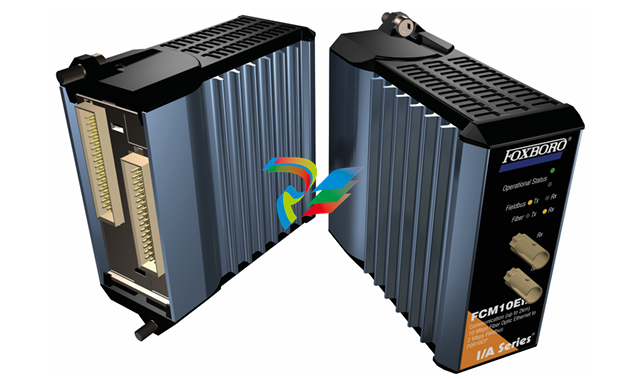
Woodward 2301E-ST Steam Turbine Control System: Advanced Digital Control for Modern Power Generation
Woodward 2301E-ST Steam Turbine Control System: Advanced Digital Control for Modern Power Generation
Introduction
The Woodward 2301E-ST represents a significant advancement in steam turbine control technology, offering sophisticated digital control capabilities for industrial and utility power generation applications. This microprocessor-based control system provides precise speed and load control while ensuring reliable operation and protection of steam turbine assets.
System Overview
The 2301E-ST is a digital electronic control system specifically designed for steam turbine applications. Built on Woodward's proven control technology platform, it combines advanced control algorithms with robust hardware to deliver superior performance in demanding industrial environments.
Key Features
The system incorporates several advanced features that distinguish it from conventional analog control systems:
Digital Signal Processing: The 2301E-ST utilizes high-speed digital signal processing to achieve precise control responses with minimal latency. This digital approach eliminates the drift and aging issues associated with analog components.
Integrated Protection Functions: The controller includes comprehensive turbine protection features, including overspeed protection, vibration monitoring interfaces, and emergency shutdown capabilities.
Flexible Configuration: The system supports various turbine configurations and can be customized for specific application requirements through software programming rather than hardware modifications.
Communication Capabilities: Modern communication protocols enable seamless integration with plant control systems and remote monitoring capabilities.
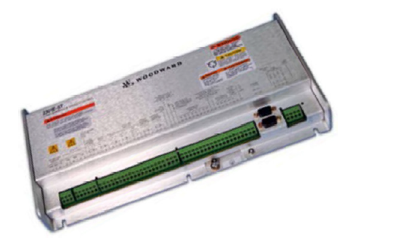
Control Architecture
The 2301E-ST employs a sophisticated control architecture designed to optimize steam turbine performance across all operating conditions.
Speed Control Mode
In speed control mode, the system maintains constant turbine speed regardless of load variations. The controller continuously monitors actual speed through magnetic pickup sensors and compares it to the speed reference setpoint. Any deviation triggers corrective action through the steam admission valve actuator.
The speed control algorithm incorporates:
Proportional-Integral-Derivative (PID) control for stable response
Adaptive gain scheduling to optimize performance across the operating range
Anti-windup protection to prevent integrator saturation
Smooth startup and shutdown sequencing
Load Control Mode
When operating in load control mode, the system regulates turbine output to match the load demand signal. This mode is typically used when the turbine is connected to an electrical grid or when precise load control is required for process applications.
Load control features include:
Accurate load tracking with minimal steady-state error
Load ramping capabilities for smooth transitions
Load limiting functions to prevent equipment damage
Coordinated control with boiler systems where applicable
Hardware Components
The 2301E-ST system consists of several key hardware components that work together to provide complete turbine control functionality.
Main Control Unit
The heart of the system is the main control unit, which houses the microprocessor, input/output modules, and communication interfaces. This unit is designed for harsh industrial environments with features such as:
Wide operating temperature range
Electromagnetic interference (EMI) immunity
Conformal coating for moisture protection
Redundant power supply options
Actuator Interface
The actuator interface module provides the necessary drive signals for steam admission valve actuators. It supports various actuator types including:
Electro-hydraulic servo valves
Electric motor-driven actuators
Pneumatic positioning systems
Speed Sensing
Accurate speed measurement is critical for proper turbine control. The 2301E-ST supports multiple speed sensing technologies:
Magnetic pickup sensors for passive speed detection
Proximity sensors for enhanced reliability
Dual speed sensing for redundancy in critical applications
Configuration and Programming
The flexibility of the 2301E-ST system lies in its software-based configuration approach. Rather than requiring hardware changes for different applications, the system can be adapted through parameter programming.
Configuration Parameters
Key configuration parameters include:
Speed and load control gains
Ramp rates and acceleration limits
Protection setpoints and time delays
Communication settings and protocols
Analog input and output scaling
Programming Interface
The system can be programmed using Woodward's proprietary software tools, which provide:
Graphical parameter entry screens
Real-time monitoring and trending
Diagnostic capabilities
Configuration backup and restore functions
Protection and Safety Features
Safety is paramount in steam turbine control systems, and the 2301E-ST incorporates multiple layers of protection to ensure safe operation.
Overspeed Protection
The primary safety function is overspeed protection, which prevents turbine damage due to excessive rotational speed. The system includes:
Independent overspeed detection circuits
Fast-acting emergency trip functions
Fail-safe operation in case of control system failure
Testing capabilities to verify protection system integrity
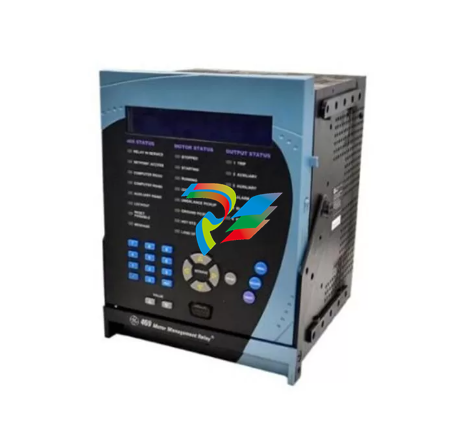


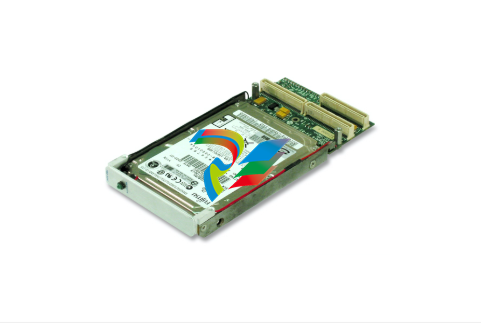
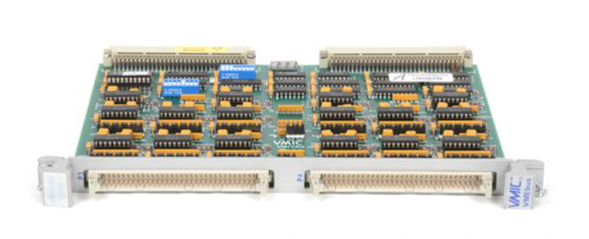

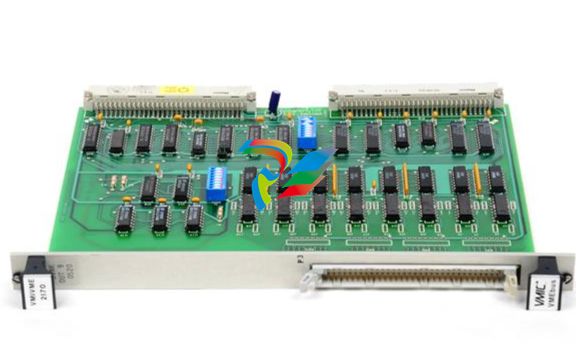
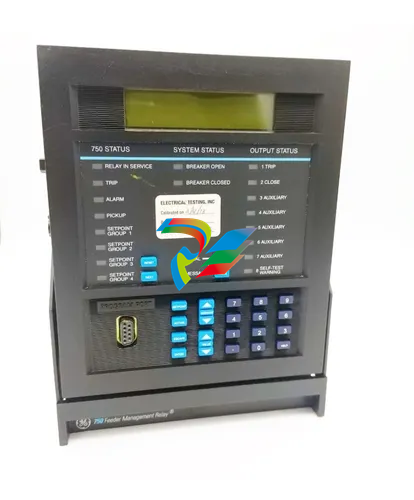
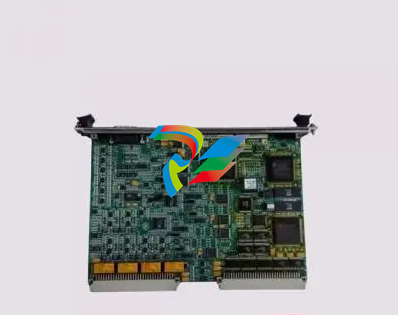
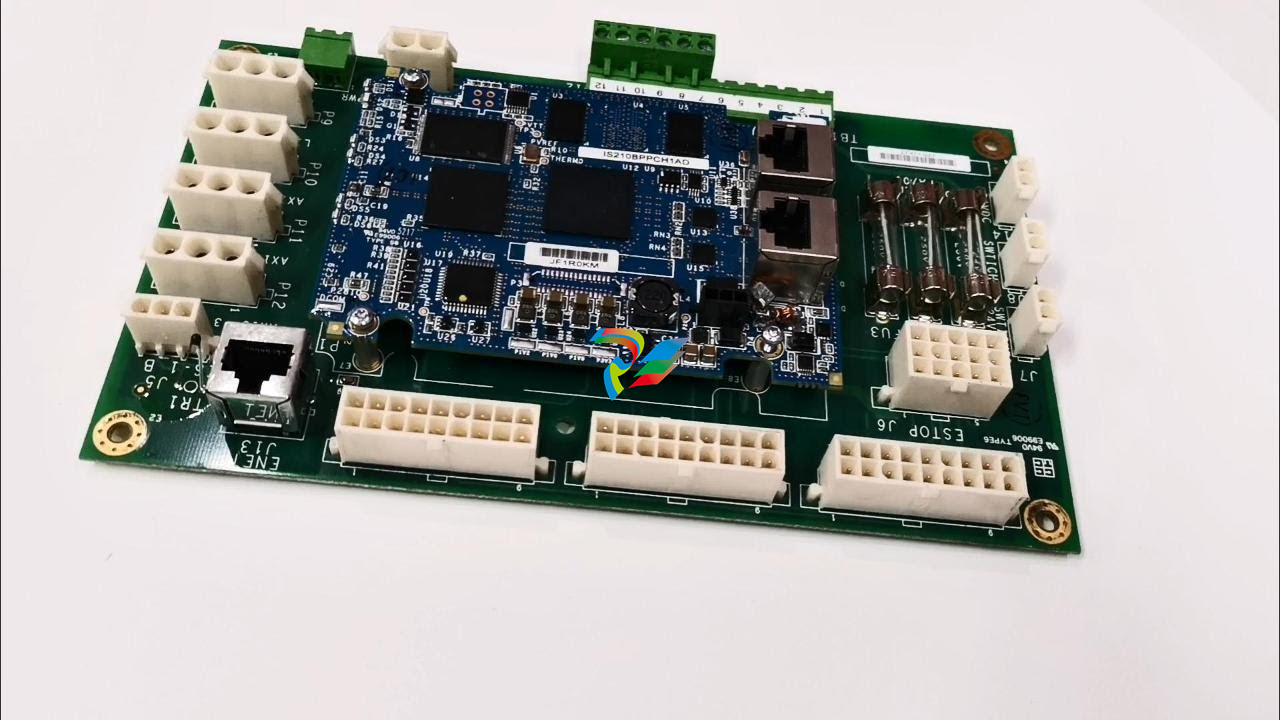

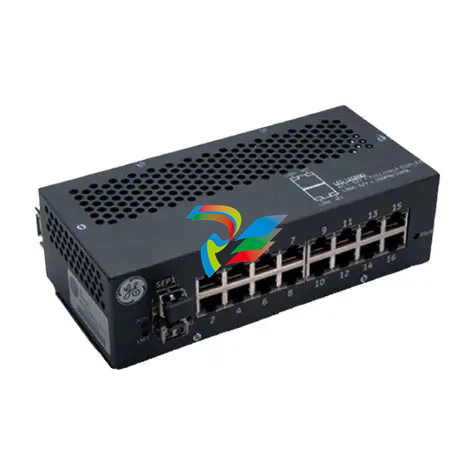
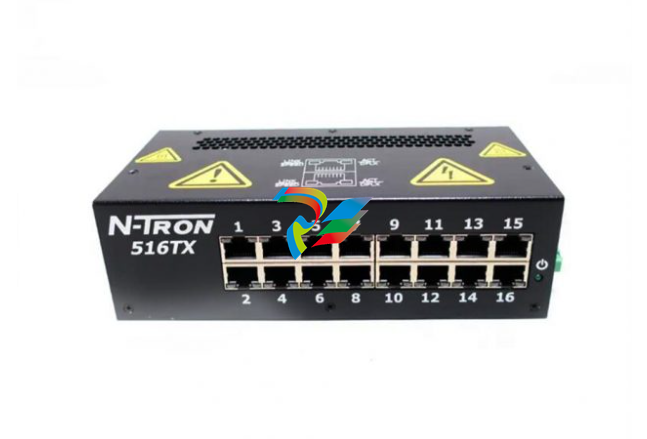

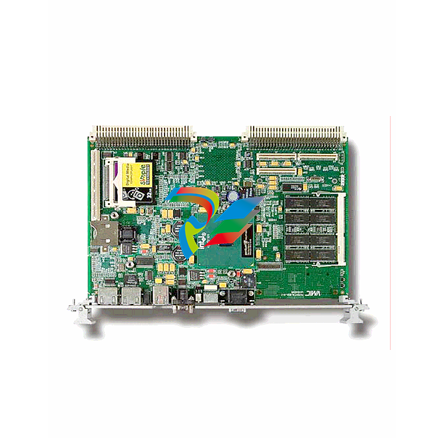



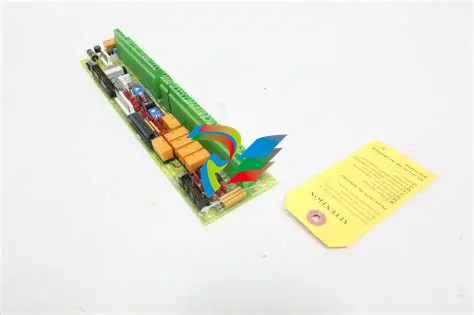
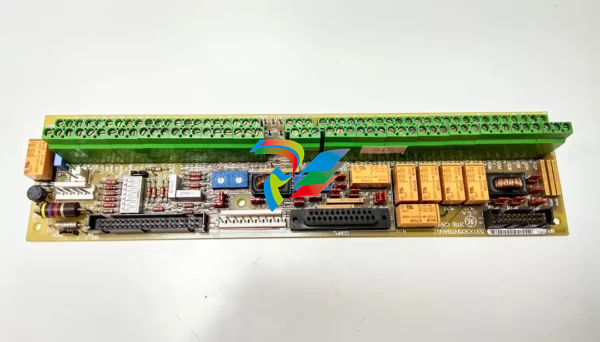
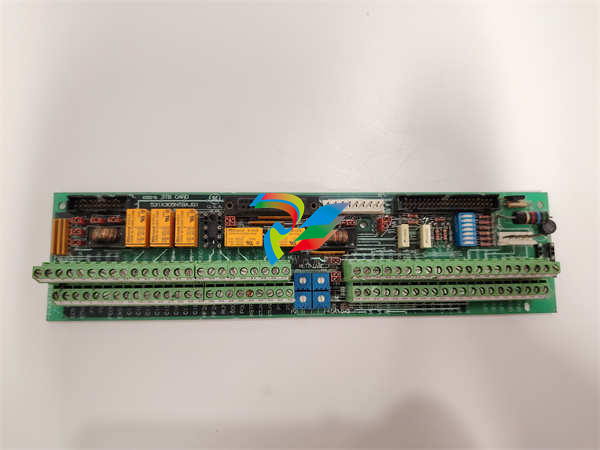

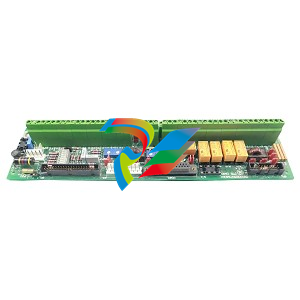
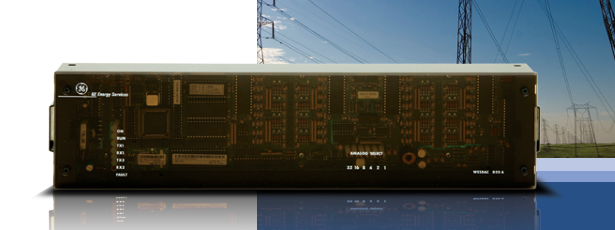

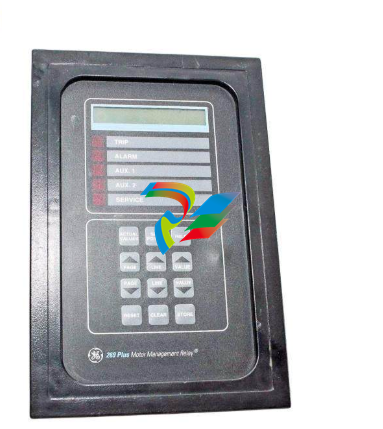
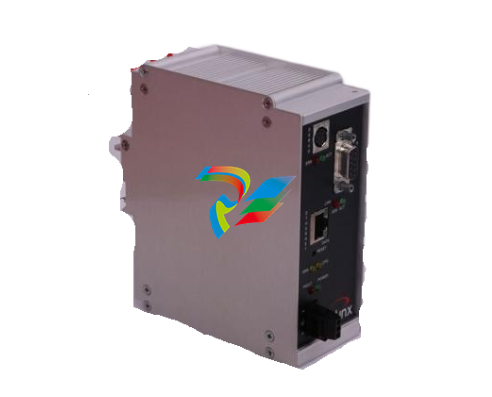

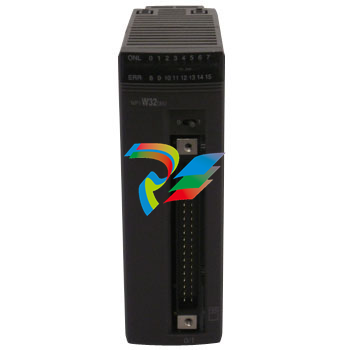
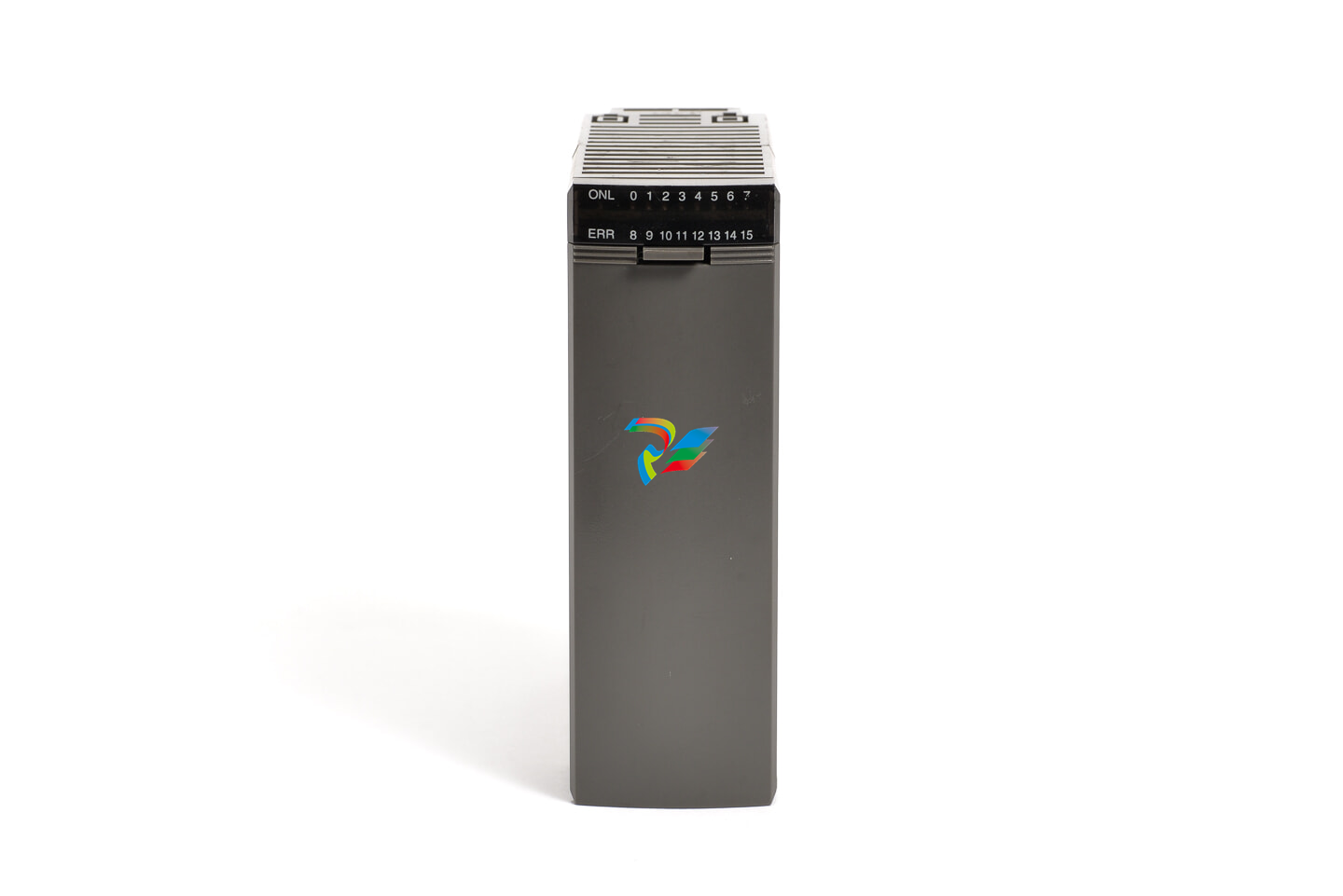
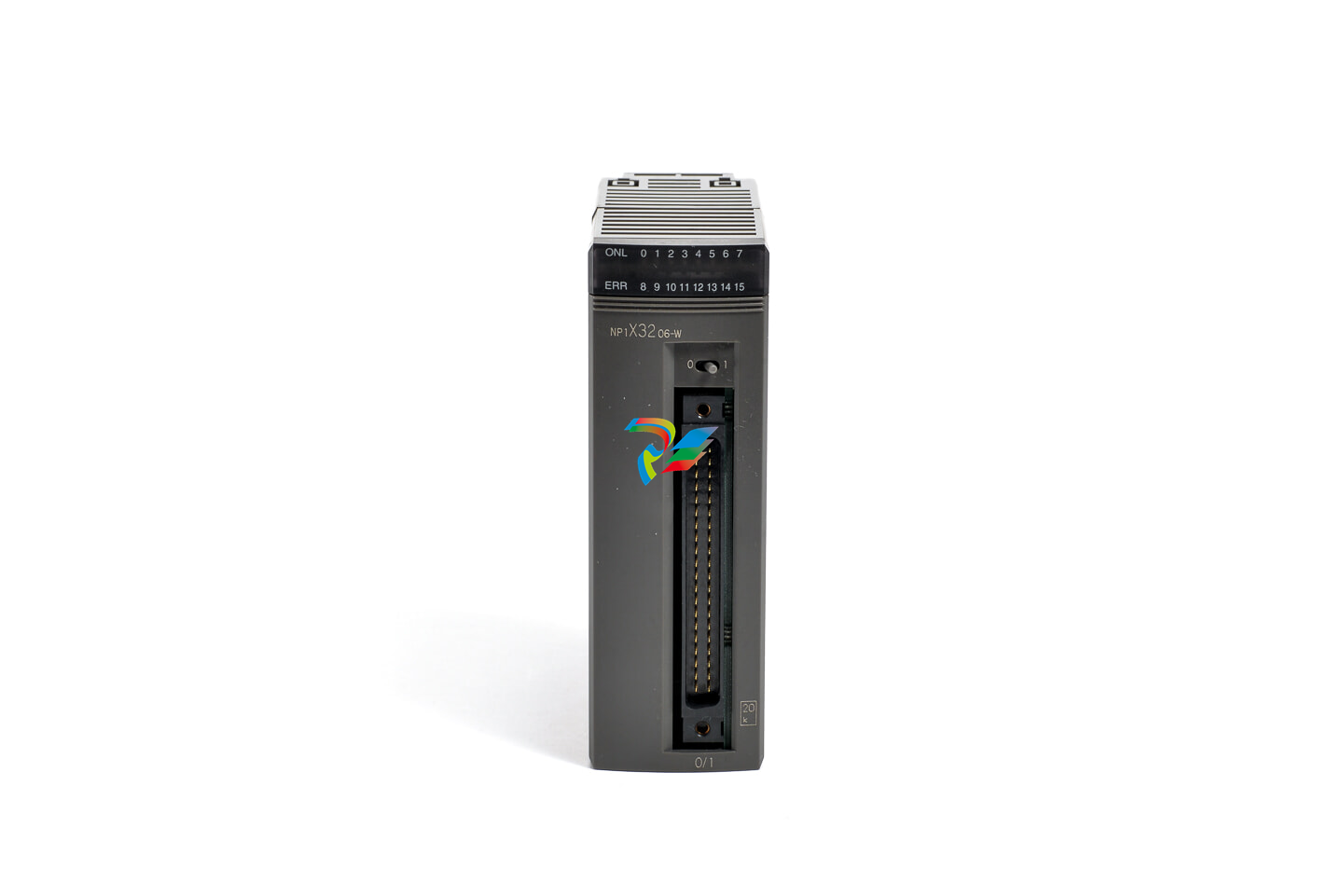

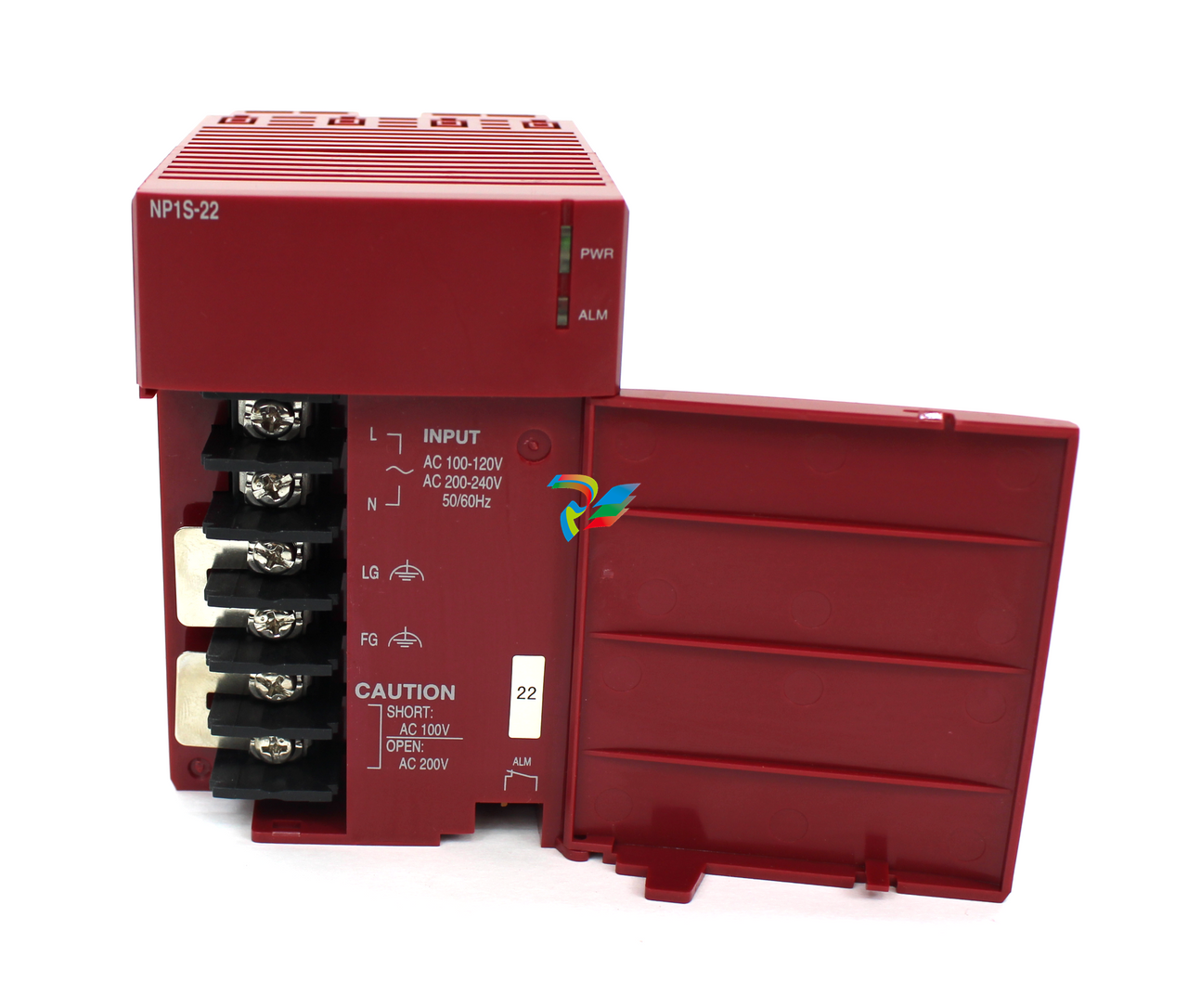
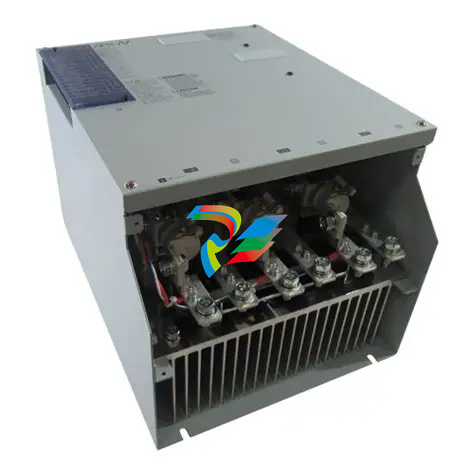
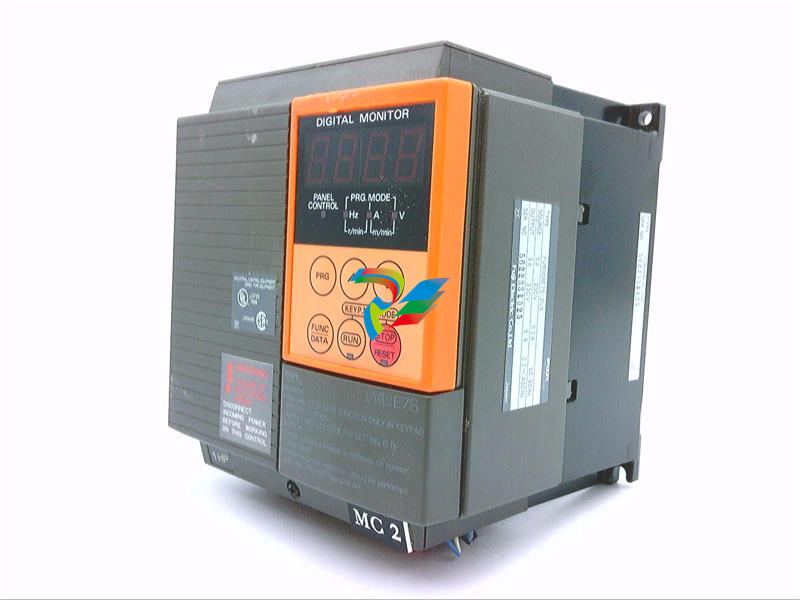
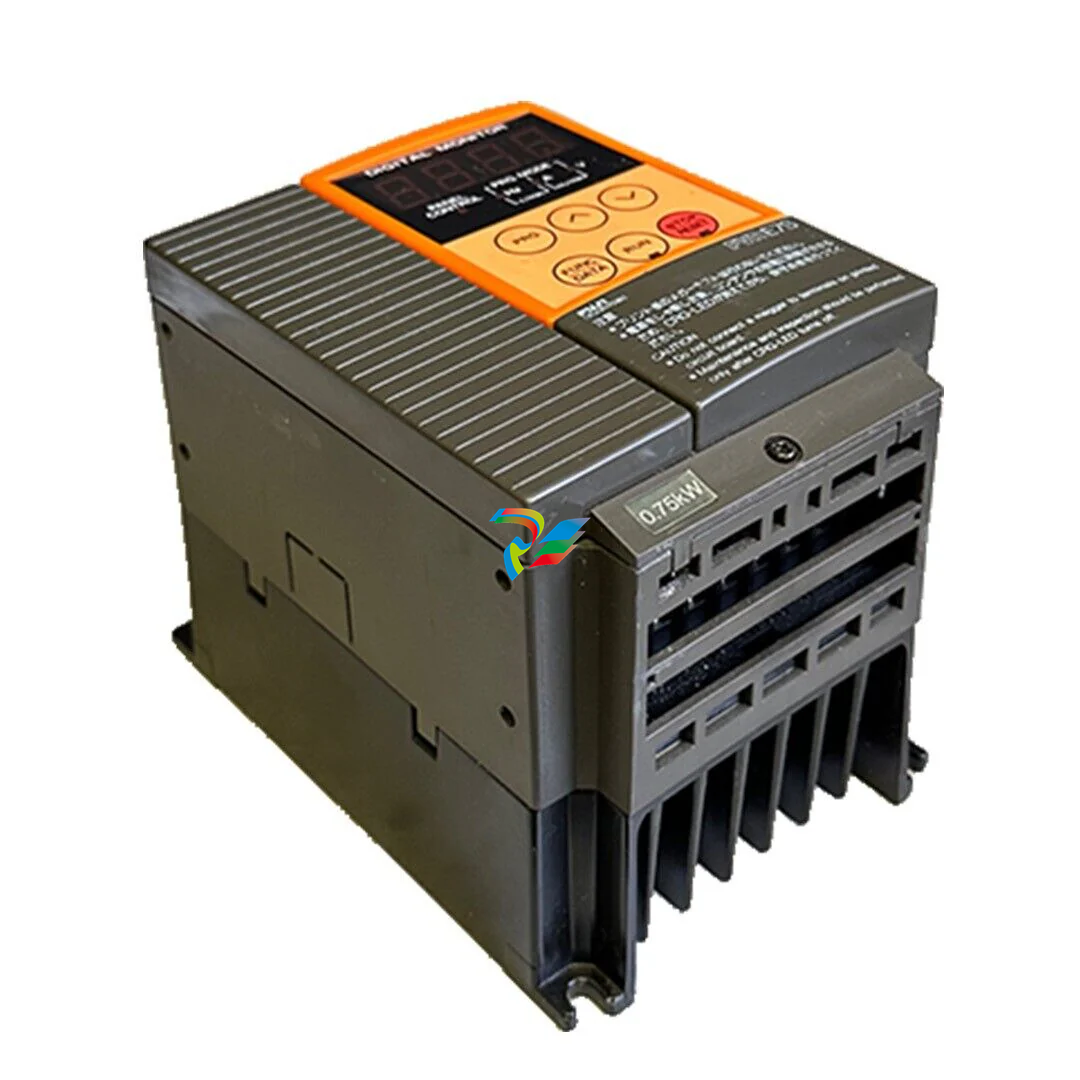
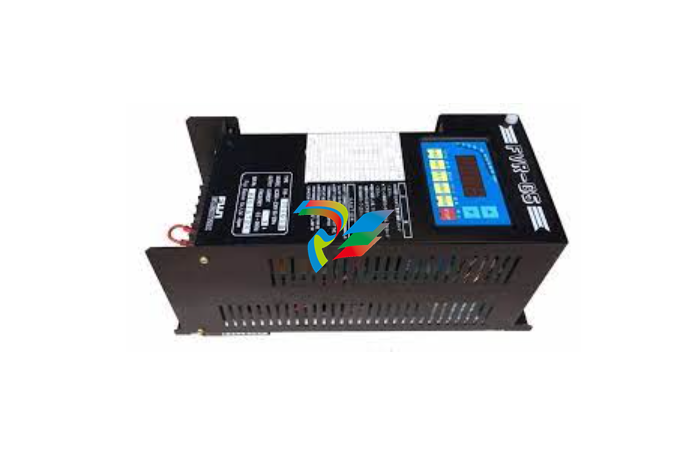
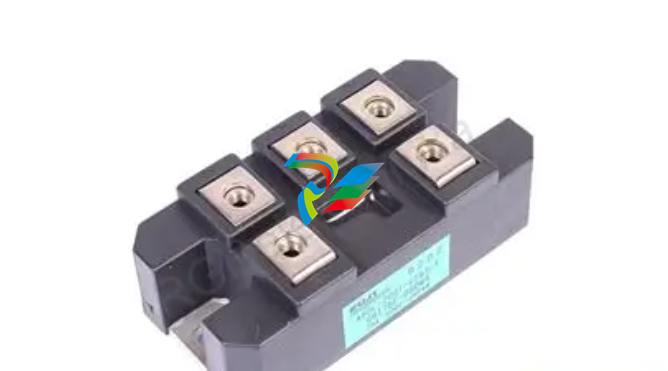

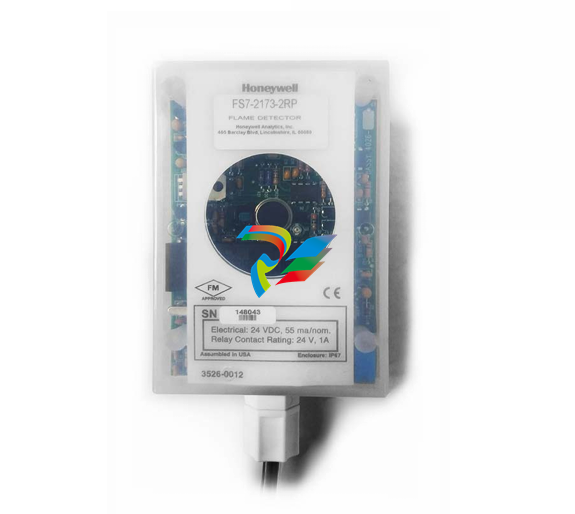

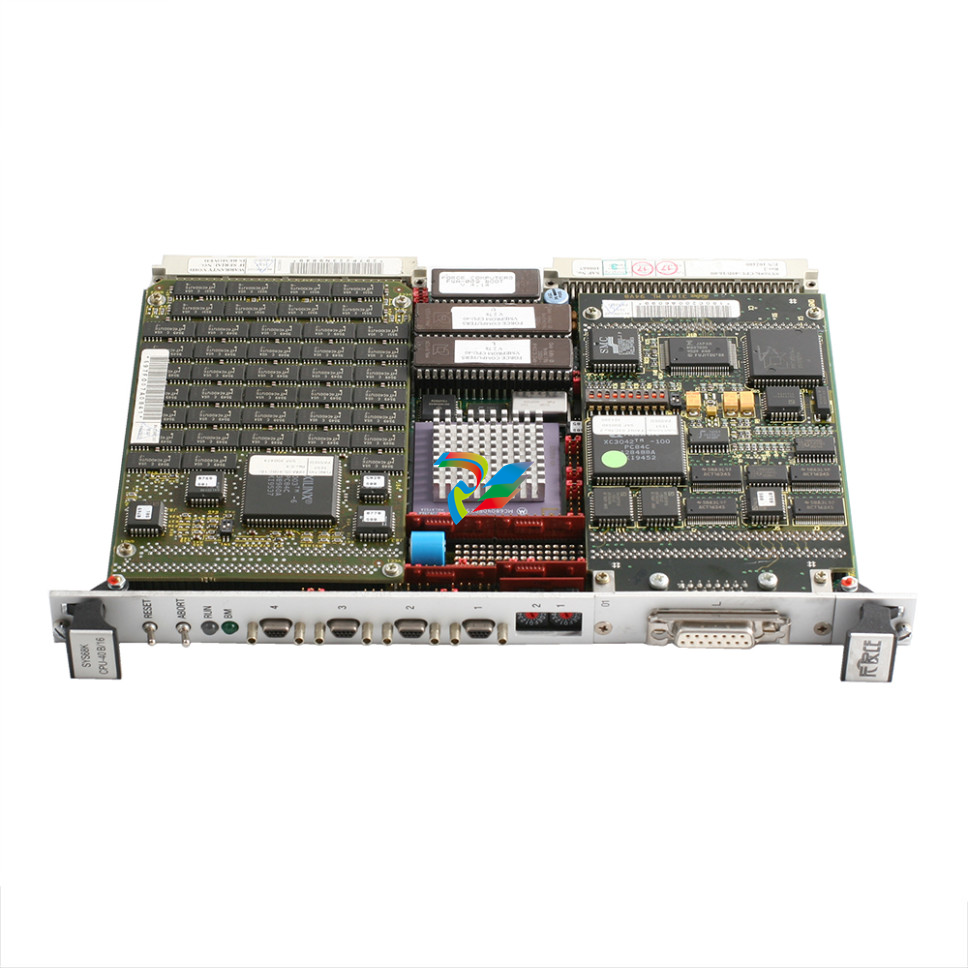
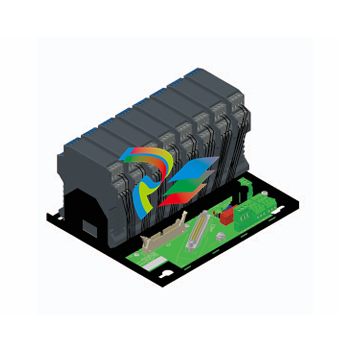


.jpg)
.jpg)
.jpg)
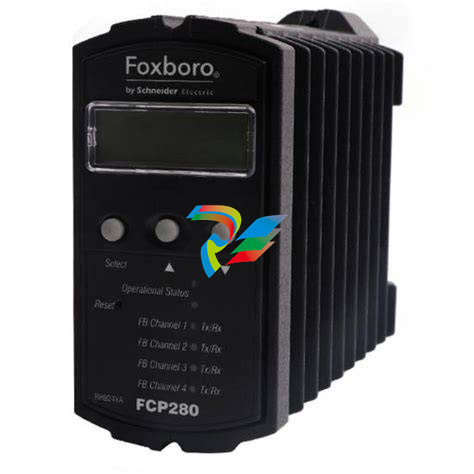
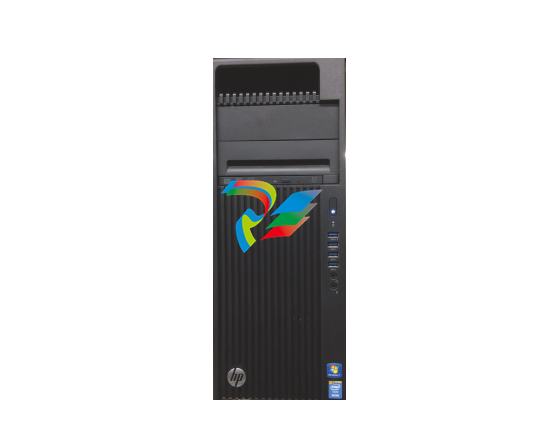

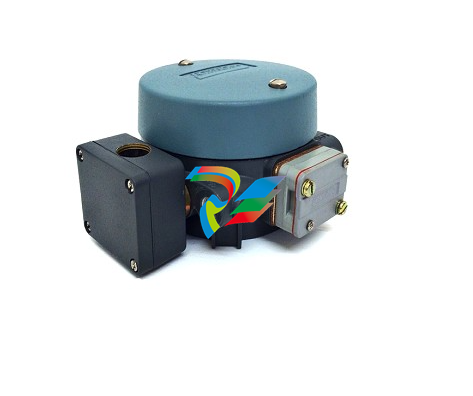

.jpg)
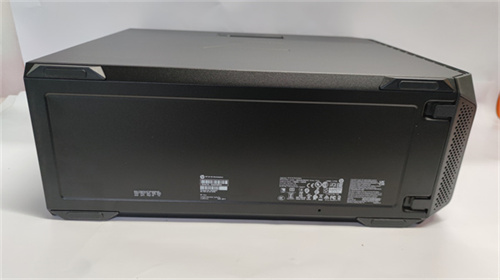
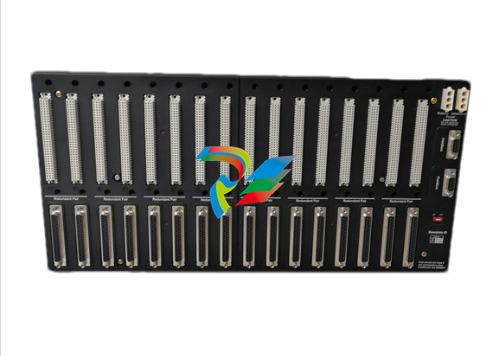
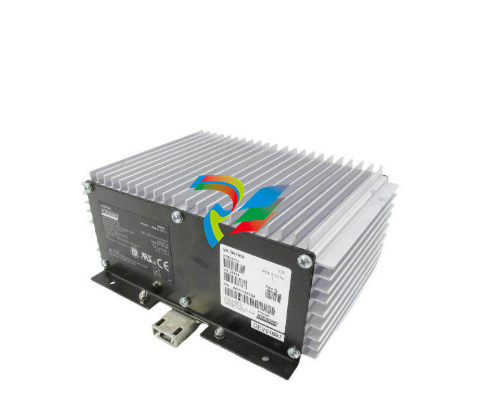
.png)
.jpg)

.jpg)
_lVjBYb.jpg)

.jpg)
.jpg)
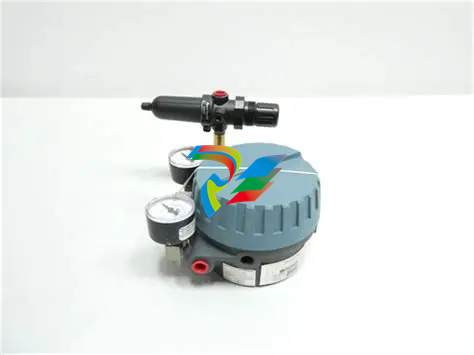
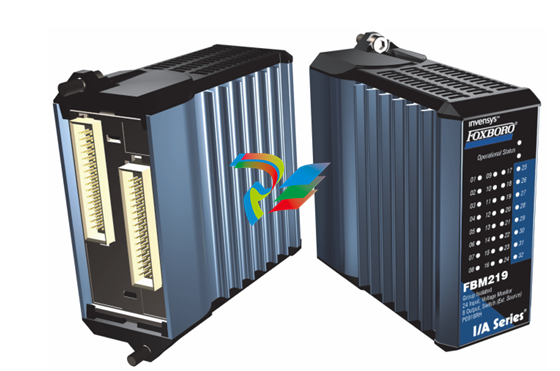

.jpg)
.jpg)
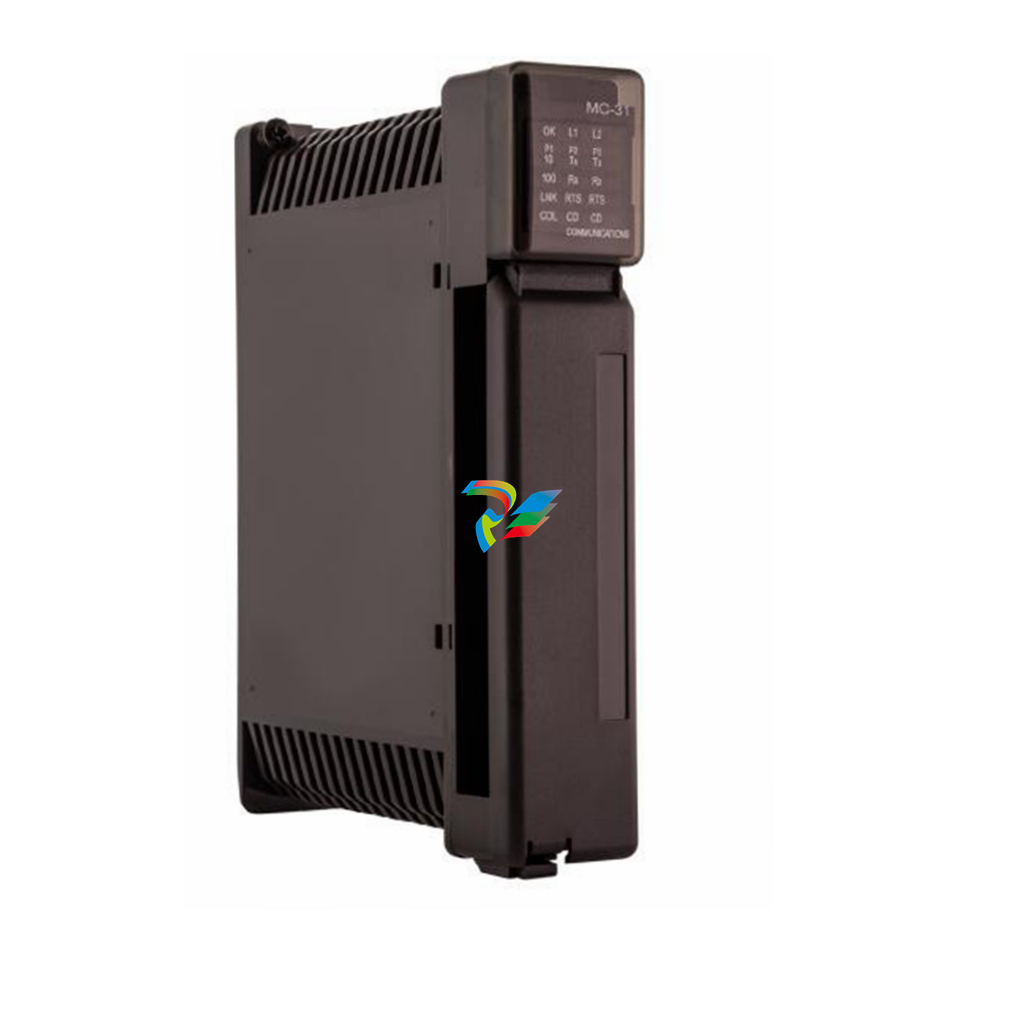
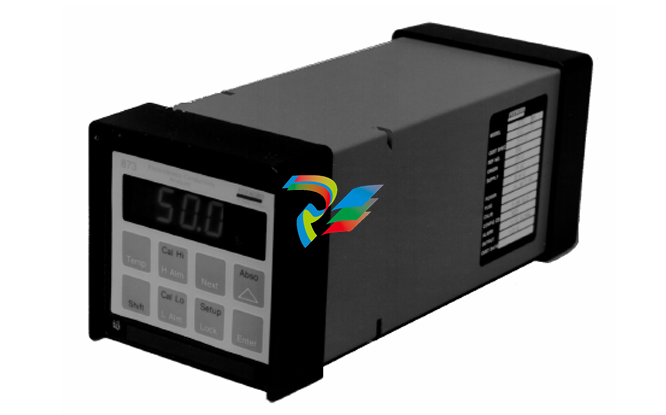
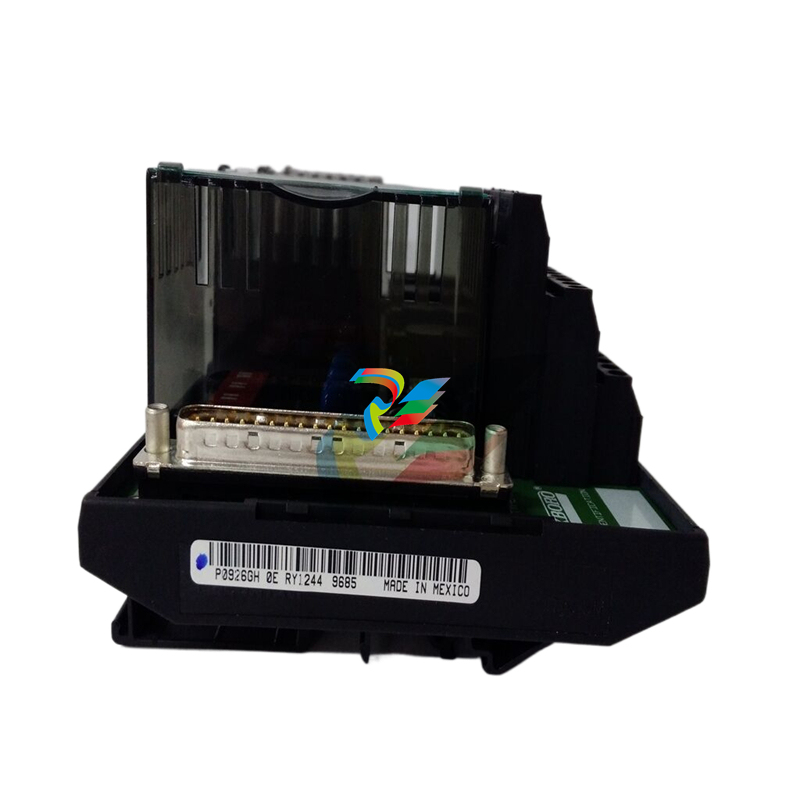
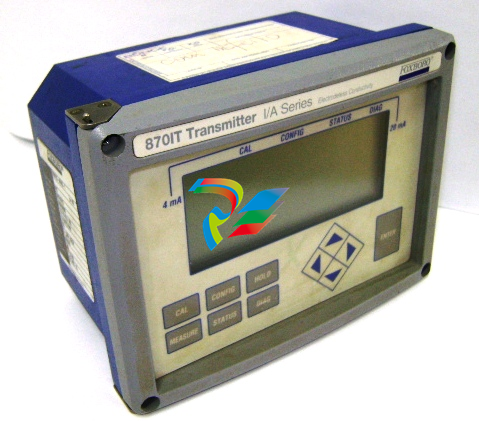
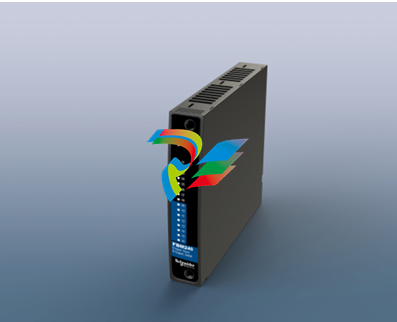

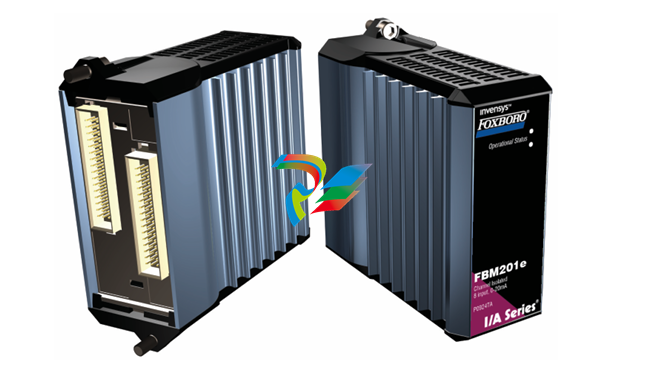
.jpg)
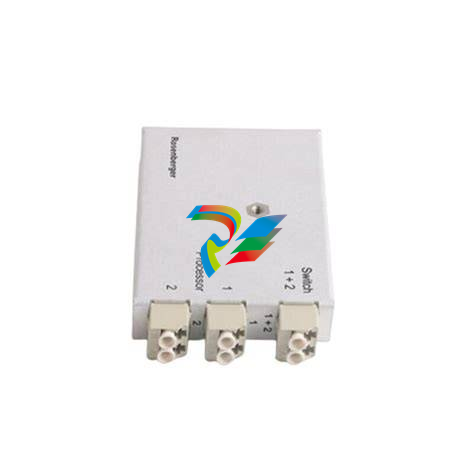
.jpg)
.jpg)
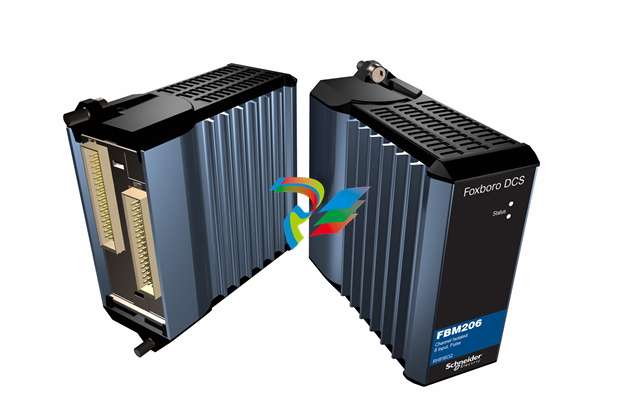
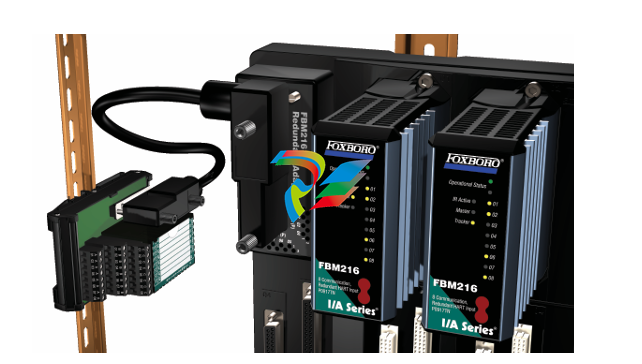

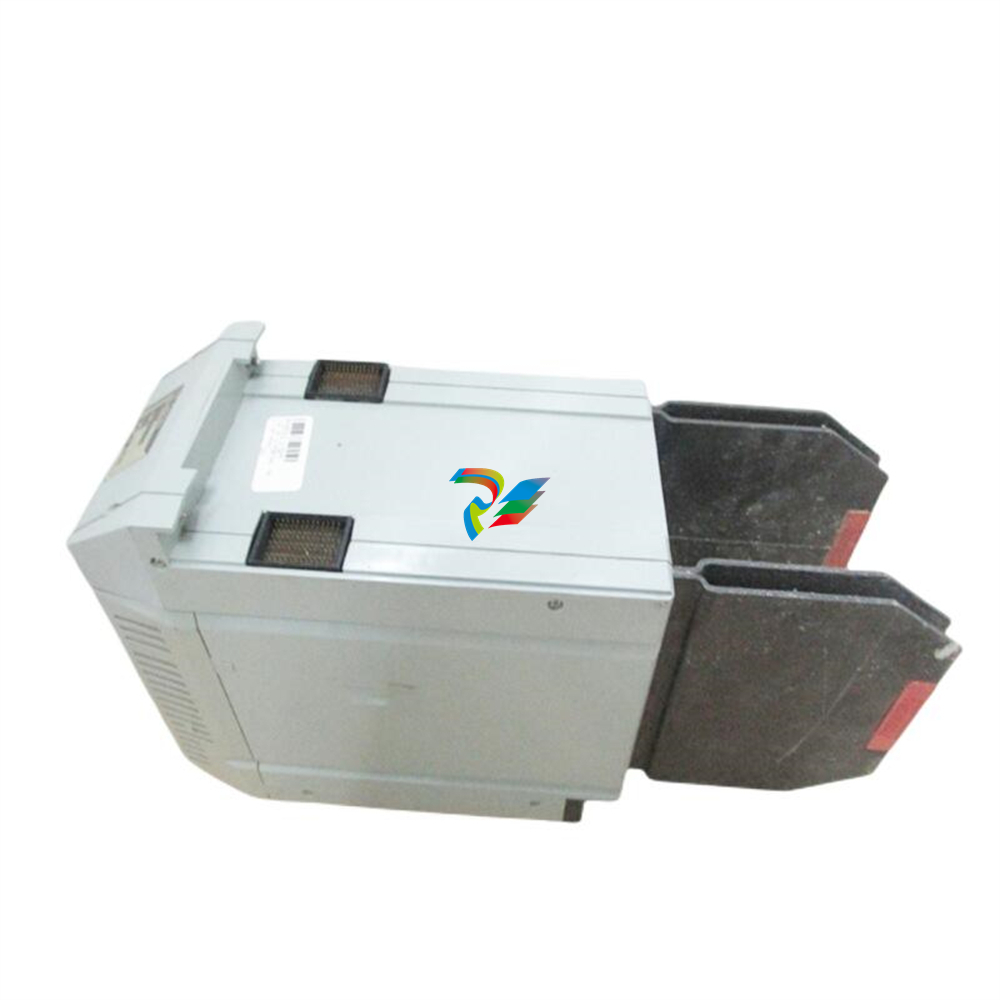

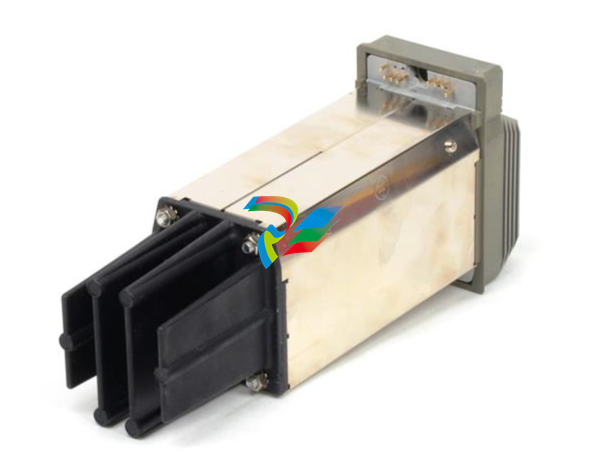
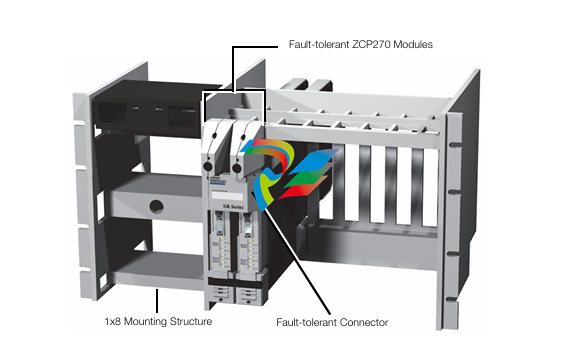

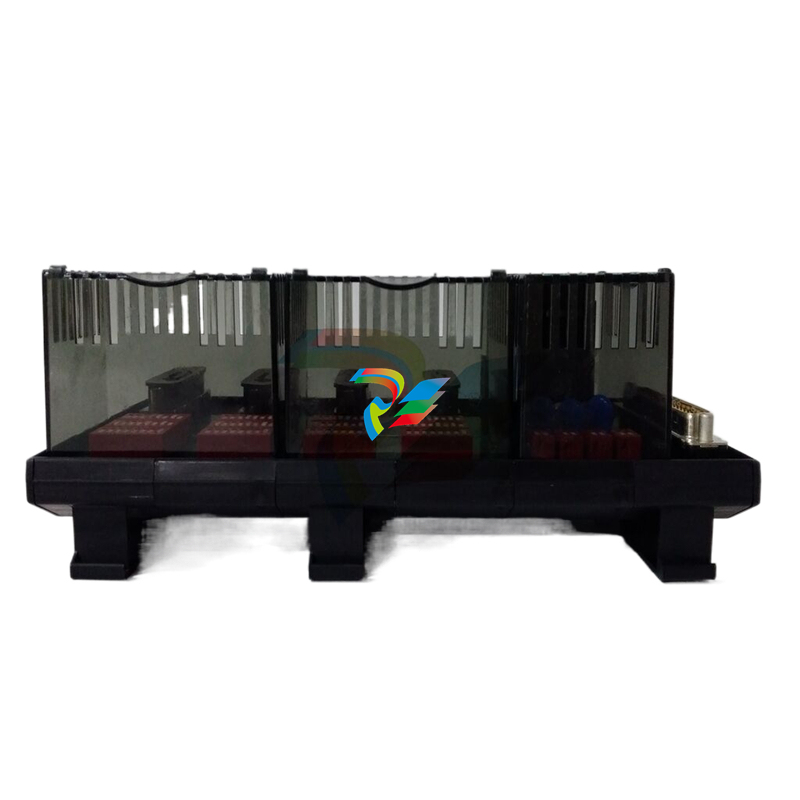

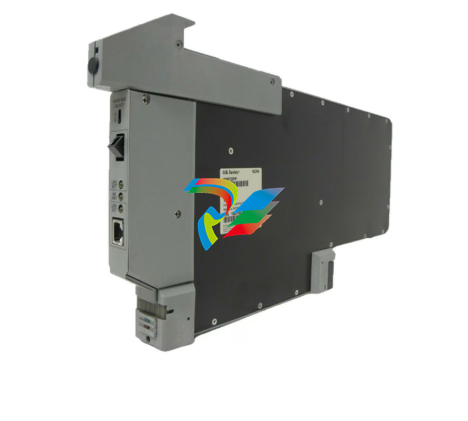
.jpg)
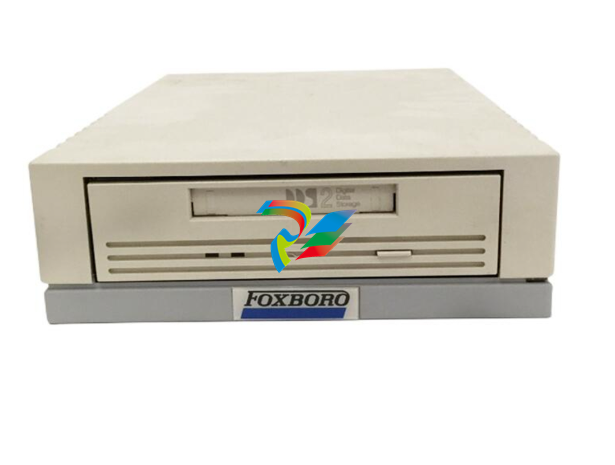
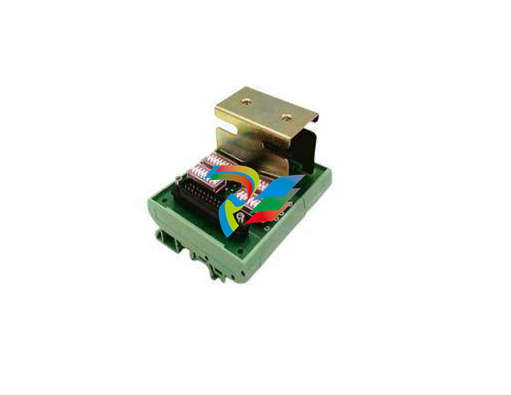
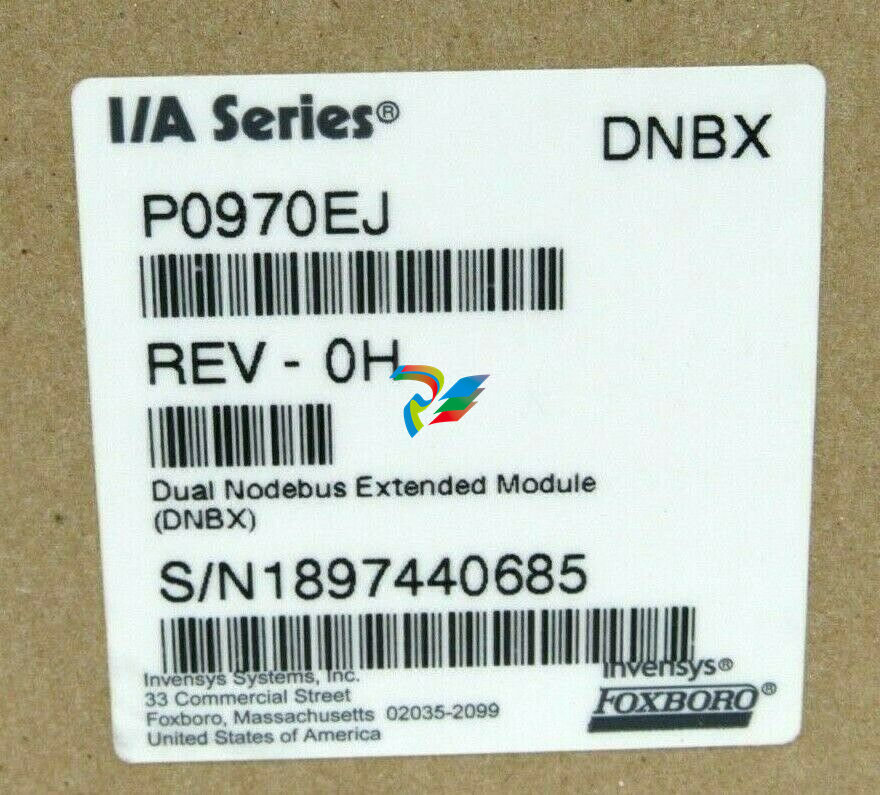
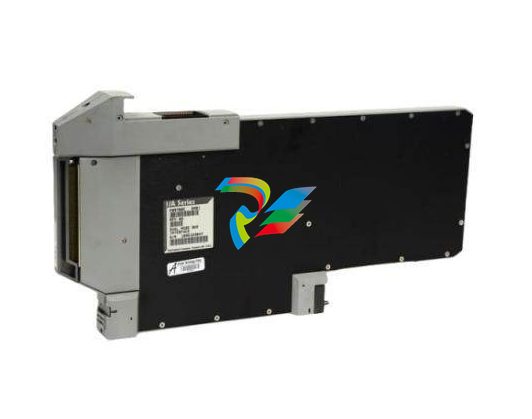
.jpg)
.jpg)
.jpg)
.jpg)
.jpg)
.jpg)

.jpg)

.jpg)
.jpg)
.jpg)

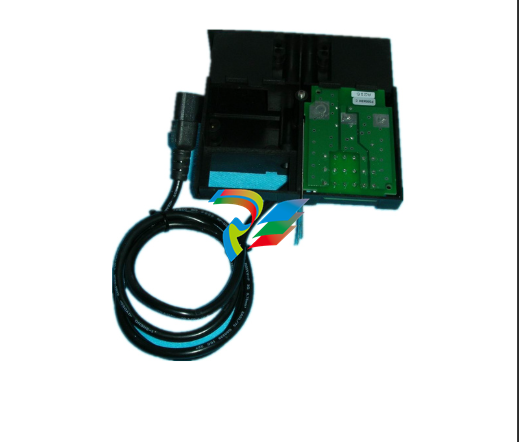



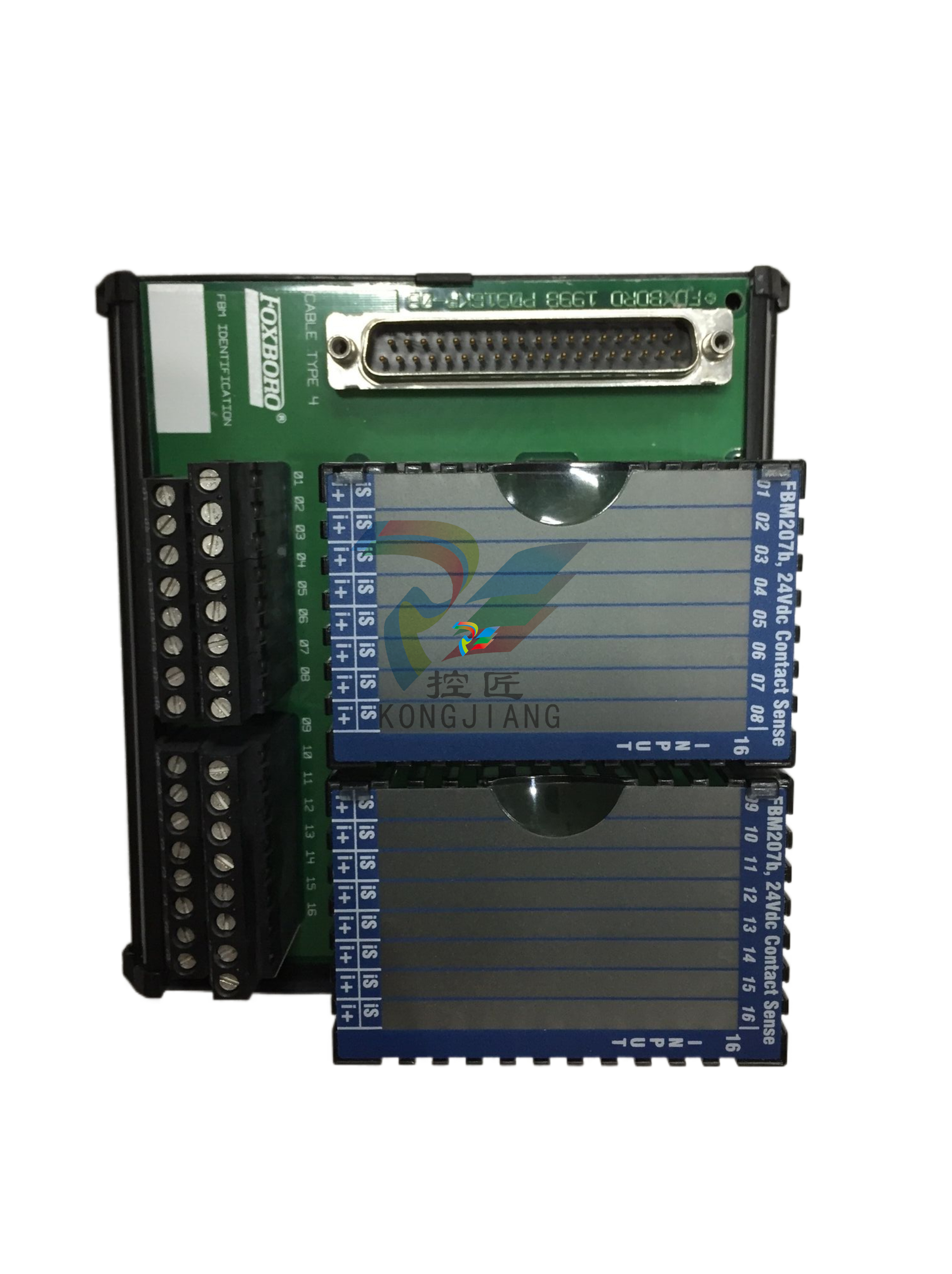
.jpg)
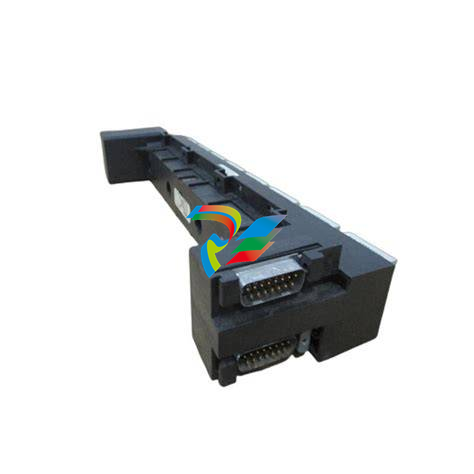

.jpg)


